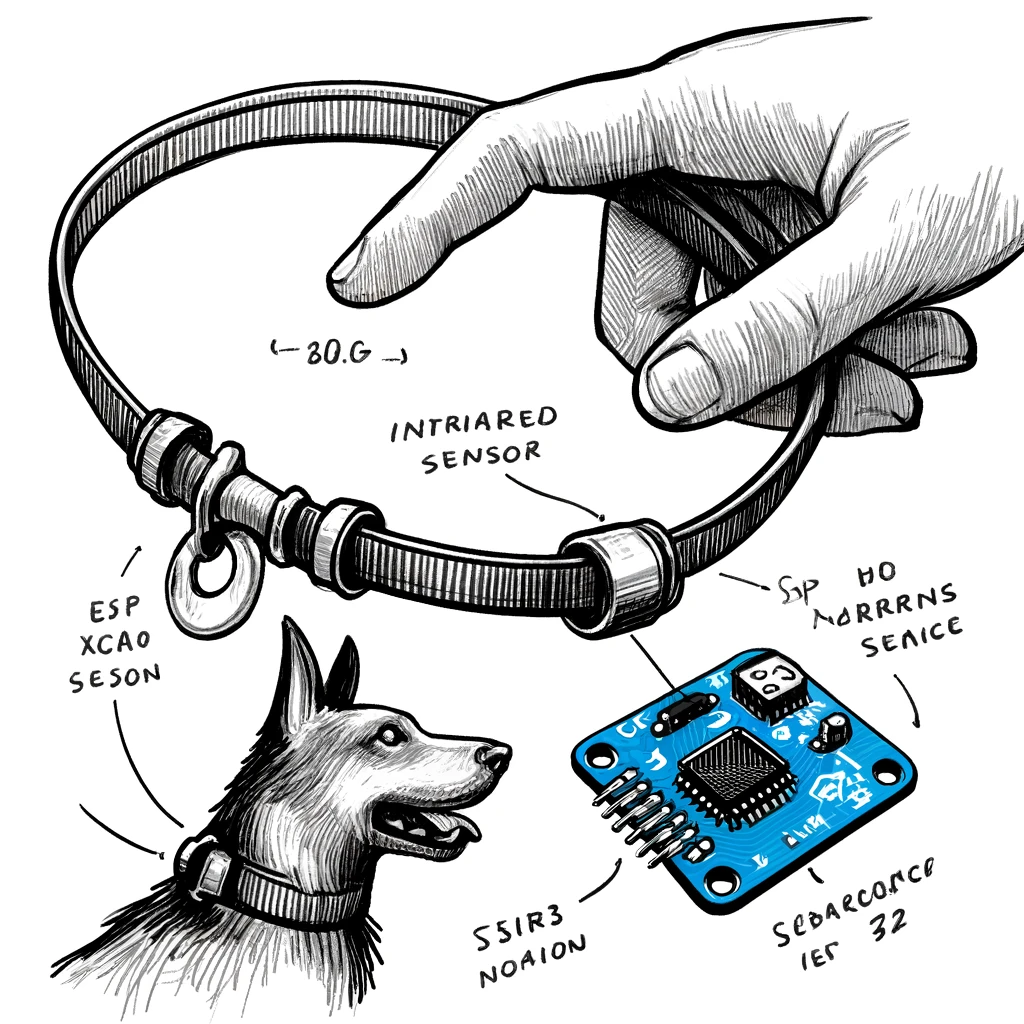System Integration
Key Aspects
- Components: All components must be compatible with each other (communication protocol, data formats, etc).
- Interoperability: If using an API, the systems must exchange and use the same information.
- Testing: Verify that the system works as intended (secure, performance, functional).
- Data: Ensure data from different sources is unified, consistent, accurate, and reliable.
- System: All components should be installed and configured correctly.
- Training: Provide documentation for users to enhance understanding.
- Maintenance: Address issues that arise during testing and perform regular maintenance for performance and reliability.

Components Description
Components of the Smart Paw Project:
- Real-time Monitoring System: Uses ESP32 cameras integrated into the pet's environment, providing live video feeds accessible through a web application.
- Automatic Food and Water Dispensers: Controlled by two ESP32 WROOMs, one for each dispenser, managed via the web application to ensure pets are fed and hydrated on schedule.
- Water Fountain with Level Sensor: Equipped with a level sensor to ensure water is always available for the pet.
- Temperature Monitoring Collar: Equipped with an MLX90614 sensor that measures temperature in real-time and sends the data to the web application.
- Web Application: Allows pet owners to monitor their pets, control the dispensers and water fountain, and receive alerts in case of emergencies.
Interoperability
Communication Protocols Used:
- Wi-Fi: To transmit live video from the ESP32 cameras and to control the dispensers via the web application.
- PHP: For communication between sensors and microcontrollers.
Testing
Types of Tests Conducted:
- System Functionality: Ensure each component (camera, dispensers, collar) works correctly both individually and together.
- Integration Testing: Verify that all components can communicate effectively with each other.
- Performance Testing: Measure response times, accuracy of alerts, and efficiency of food and water dispensing.
- Reliability Testing: Assess system performance over extended periods and in different environmental conditions.
Data
Data Handling:
- Consistency and Accuracy: Ensure temperature data, water levels, and live video are accurate and updated in real-time.
- Storage: Data will be securely stored in the cloud for remote access and analysis.
System
Configuration and Installation: All components must be installed and configured correctly to ensure optimal performance.
Training
Documentation and Support: Provide detailed guides for system installation, usage, and maintenance. Offer technical support to resolve any user issues.
Maintenance
Regular Maintenance:
- Battery Replacement: Batteries for the collar and other components should be replaced as necessary.
- Software Updates: Regular firmware updates for microcontrollers and the web application to improve functionality and security.
- Component Inspection: Regularly inspect physical components to ensure there is no wear or damage.
Evaluation
Evaluation Criteria:
- User Feedback: Collect feedback from pet owners on system usability and reliability.
- Performance Metrics: Measure response times, alert accuracy, and efficiency of food and water dispensers.
- Reliability Testing: Evaluate system performance over extended periods and in different environmental conditions.
Modular Aspect
The Smart Paw system is designed to be modular, allowing for easy maintenance and upgrades. Each component (camera, dispensers, water fountain, collar, control unit) can be detached and replaced independently, ensuring the system can be repaired or upgraded without requiring complete disassembly.
Conclusion
The Smart Paw project provides an advanced, comprehensive solution for pet monitoring and care, integrating multiple components and technologies to ensure the safety and well-being of pets remotely. With a focus on system integration, rigorous testing, and modular design, Smart Paw is prepared to offer a reliable and user-friendly experience for pet owners.
sketch






